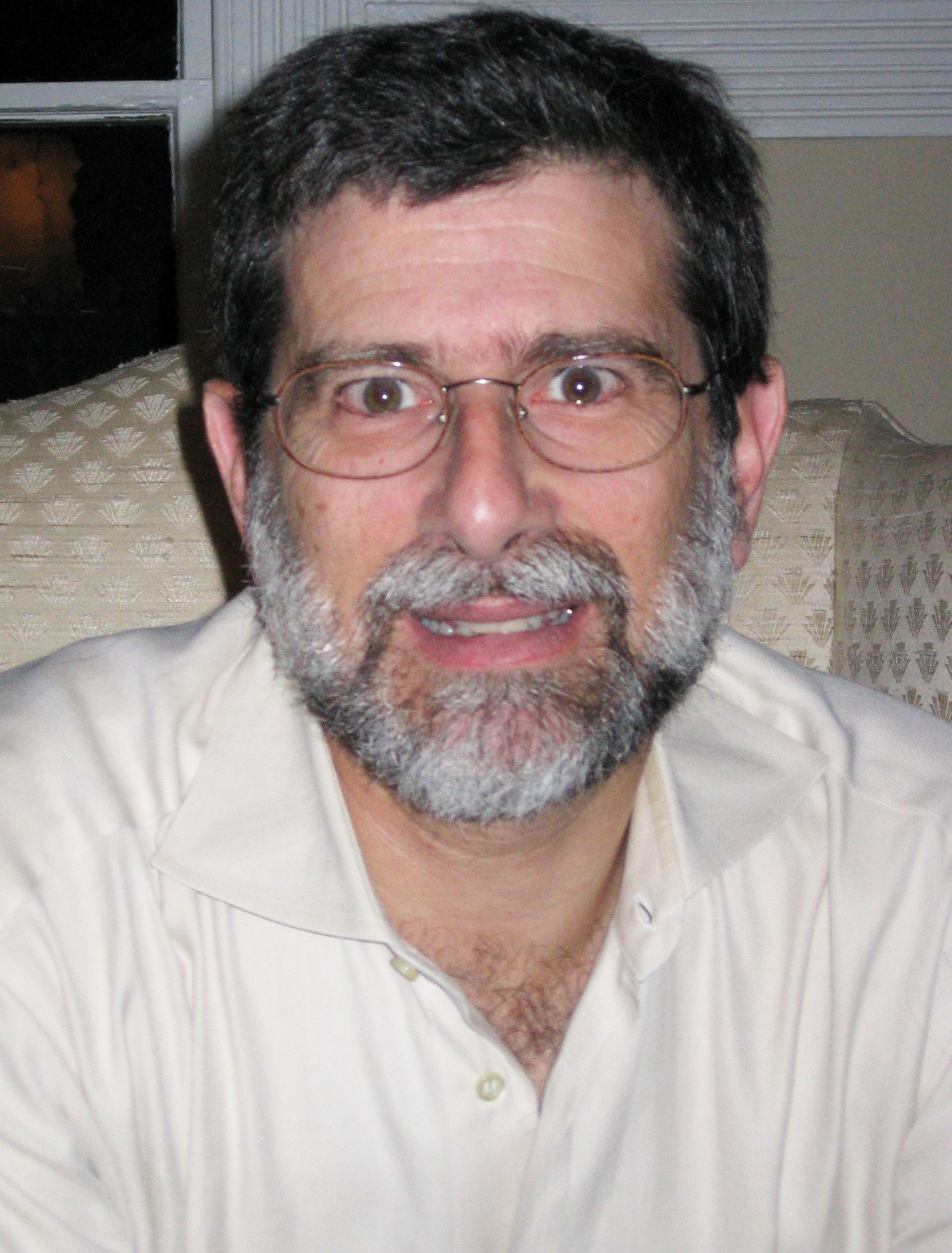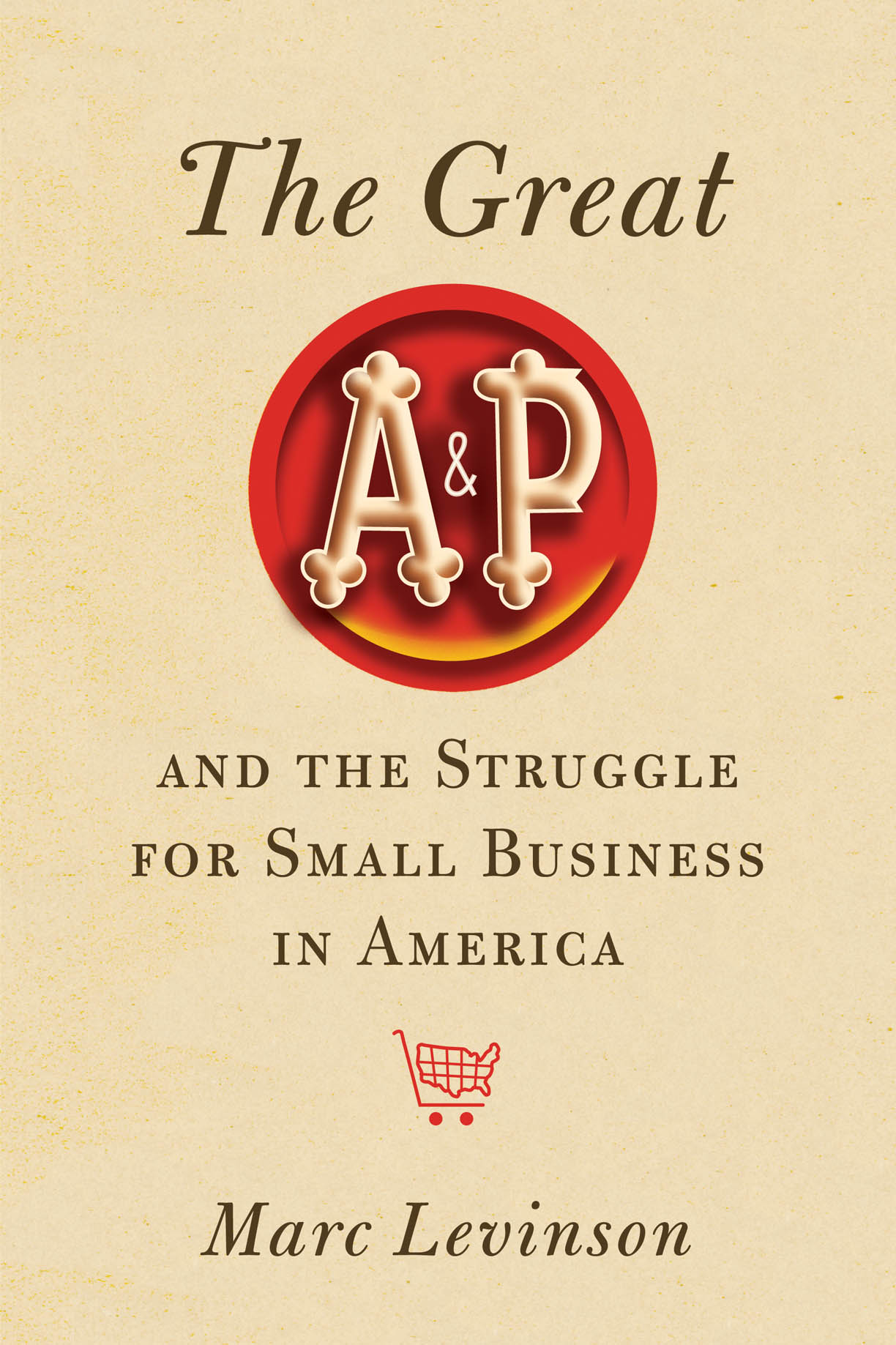

The Great A&P and the Struggle for Small Business in America

From modest beginnings as a tea shop in New York, the Great Atlantic & Pacific Tea Company became the largest retailer in the world. Under the leadership of the two men who controlled its shares, the flamboyant John A. Hartford and his reclusive brother George L. Hartford, A&P transformed America's archaic retail sector. A&P integrated vertically, opening canneries, dairies, and plants making everything from ketchup to cocoa, becoming the country's second-largest baker, and importing more coffee than any other company. Its manufacturing plants fed its stores through company-owned warehouses, allowing A&P to circumvent wholesalers -- and to avoid paying wholesalers' commissions. A&P's strategies dramatically lowered the cost of distributing food, and its low prices brought customers streaming through its doors. By the end of the 1920s, A&P had become a juggernaut, the first retailer to sell $1 billion in goods, the owner of nearly 16,000 stores.
A&P's explosive growth made it a mortal threat to hundreds of thousands of mom-and-pop grocery stores and the wholesalers and manufacturers who supplied them. Main Street fought back tooth and nail, enlisting state and federal governments to stop price discounting. The administrations of Herbert Hoover, Franklin Roosevelt, and Harry Truman investigated A&P. State after state passed laws imposing taxes on each store owned by a retail chain, laws that hit A&P far harder than any other retailer. Many states required stores to set their prices at least a specific percentage above wholesale, so small retailers would not be hurt by low chain-store prices. Federal laws took aim at volume discounts, and Congress even considered a chain-store tax that would have stripped away A&P's profits. In a remarkable court case, the federal government pressed criminal charges against the company for selling food too cheaply - and won.
After the Hartfords' deaths in the 1950s, A&P soon began to crumble, falling victim to the very competitive forces it had helped to unleash. In telling the story of its rise and fall, The Great A&P and the Struggle for Small Business in America explores the longstanding tension between capitalism and competition in the American economy, a tension that remains very much with us today.
The Great A&P was warmly reviewed by The Atlantic, which found it "clear and compelling," and by The Wall Street Journal, which named it one of the ten best nonfiction books of 2011. Interviews about the book ran on the National Public Radio programs Fresh Air and Morning Edition. Seattle Times reviewer Roger K. Miller called it "a superb business study and an entertaining read." In The New York Times, Harvard Business School professor Nancy F. Koehn described The Great A&P as "absorbing," adding, "It is more than a rich business history; it is a mirror to our own conflicting wants and visions of who and what we should be." You can read her review here. In The New Yorker, James Surowiecki discussed The Great A&P in a thoughtful article arguing that while politicians invariably praise small business, big business is actually more important for economic growth.